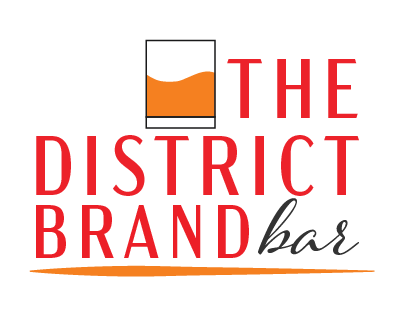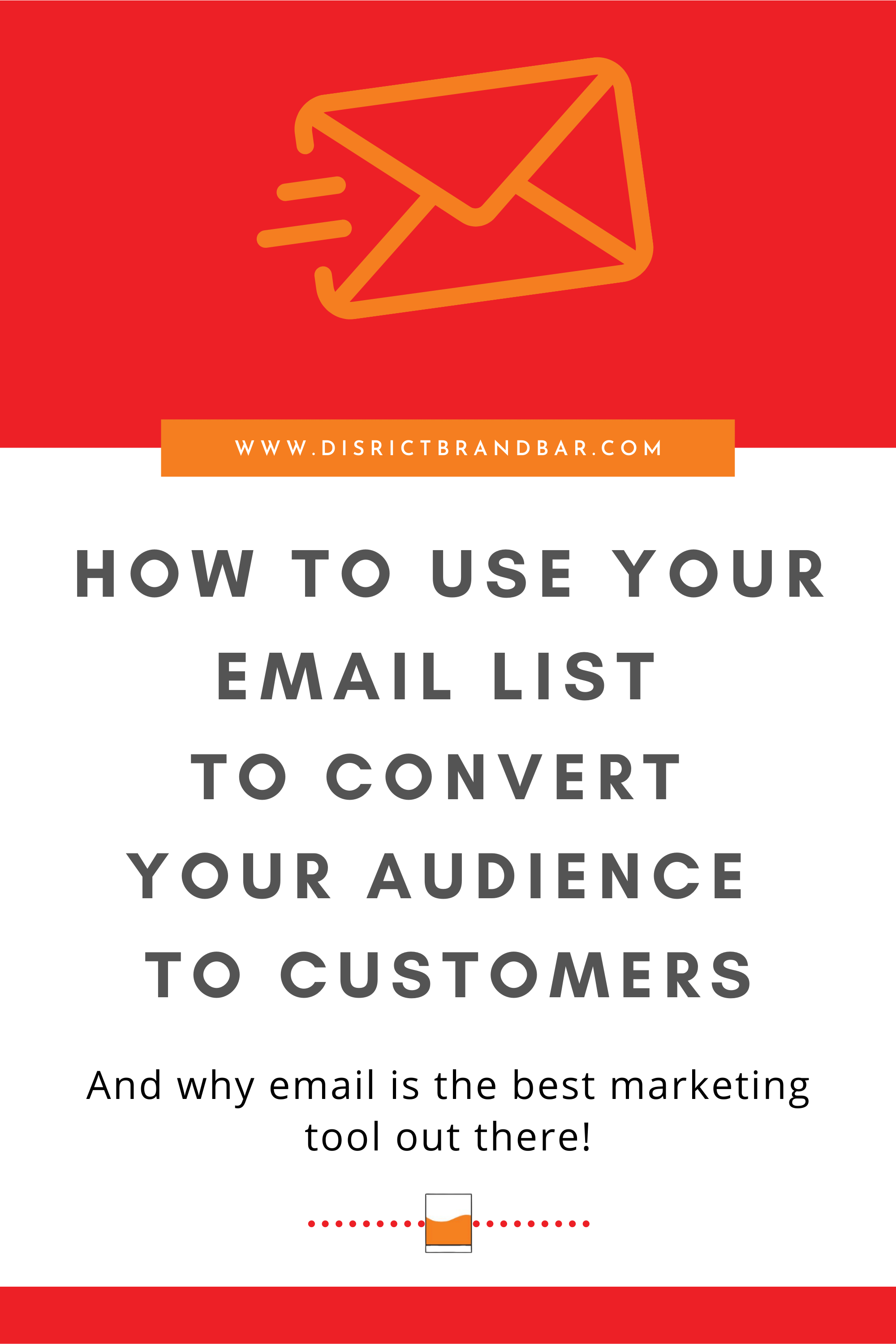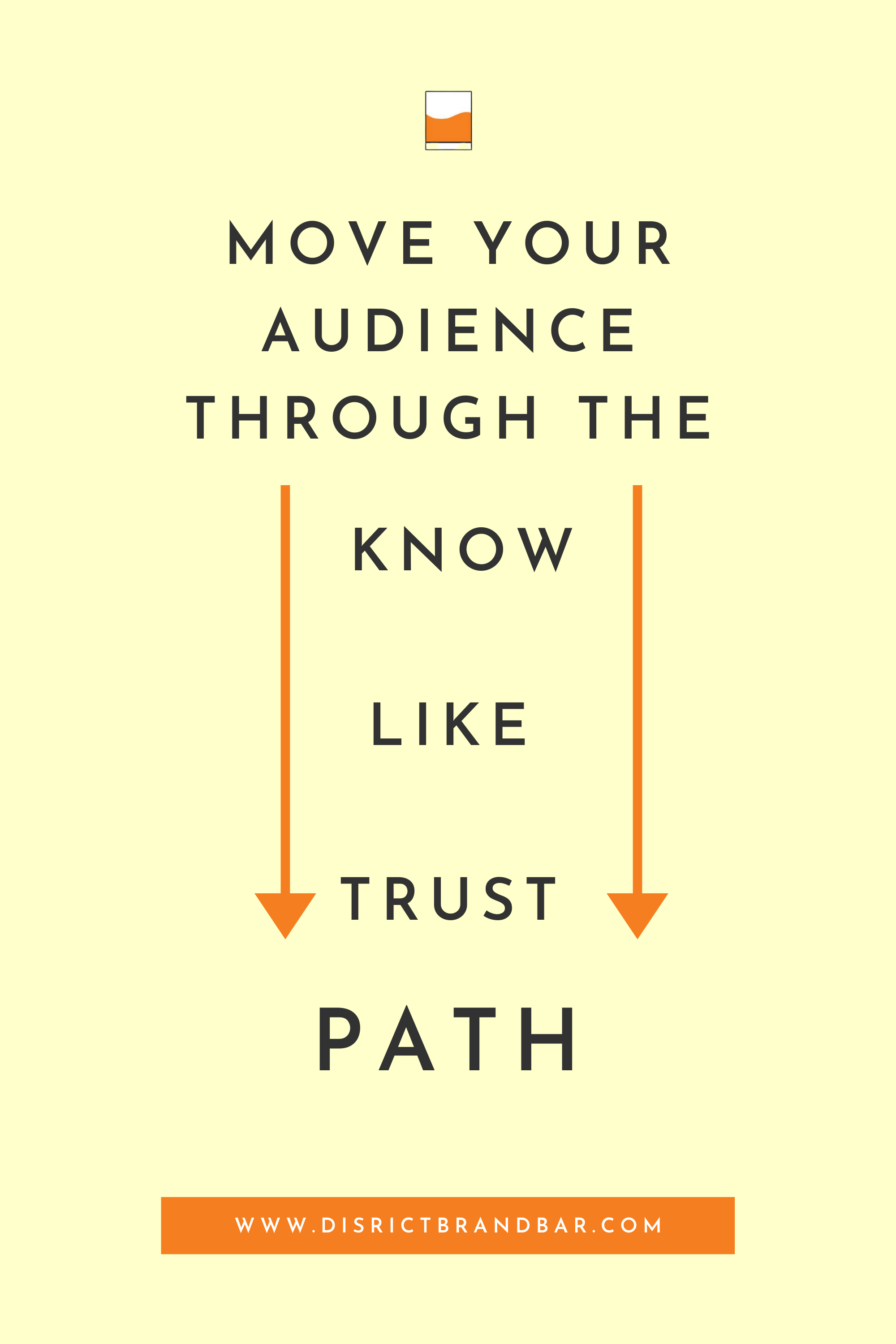The 6 Paths to Getting Discovered and Growing Your Brand
And how you can increase your traffic for each!
We've talked about how important your email list is to your brand and growing your business.
And of course, before you can sell to anyone on your email list, you need to get people onto it.
We know the best way to do that is to drive traffic to a lead magnet on your website.
Someone comes to the website → inputs their email to get your freebie → they are now on your email list.
But where is that traffic coming from? And how are they getting to your website? And most importantly, what can you do to improve your chances of more people landing on your site?
There are essentially six different paths or traffic sources that people are taking to get to your site: direct, organic, social, paid, earned, and referral.
In this post, I'm going to break down each of the six and walk through the different steps you can take to increase traffic coming from that source
It's the first step in the Know, Like, Trust path. We want to be found and be known. So it's important to take any necessary steps to make that happen!
Direct Traffic
In the official Google Analytics language, direct traffic is when someone types in your URL into their browser, clicks on a bookmark of your URL or clicks on a link in an email, text message, or chatbox. For the most part, this person already knows you. They either been to your site before and bookmarked it or they are already on your email list.
And if they didn't know you already, then most likely, these are the people who are hearing about your brand straight from the horse's mouth. Right, directly from you.
So another way I like to look at direct traffic is that it is the result of networking.
And no, this doesn't have to mean those stuffy and formal networking events, though those can be a great way to let people know about your business.
It really means that you seek out opportunities to tell people about your business.
First things first, you need to take time to craft your 1-2 sentence about statement and memorize it. When someone asks, "what do you do", you want to have a compelling and succinct answer that leaves them wanting more.
Then you need to seek out those opportunities to use it.
This may mean seeking out Facebook groups or networks with your targeted audience. Typically those groups have days where you can promote what you do. Give your about statement and then drop a link to your lead magnet.
But it also means taking your brand up to anyone you come in contact with (when the right context allows). You never know if they have someone in their life who could use your product or service so don't discount anyone! Just make sure you mention your lead magnet so they are incentivized to go to your website or pass on your site to someone else.
Organic Traffic
Organic traffic happens when people find your website through search engines. Whether they are searching for your business itself or your site shows up in the search results from a keyword search, they've landed on your site through a search engine like Google.
Search Engine Optimization (SEO) plays a huge role here. The goal is to have your site rank higher than other sites for certain keywords or when they type in your business name. Hopefully, your website shows up in the first 3 results when someone searches your business name. It can be hard to land on the first search results page for many of your keywords, but by applying some SEO tactics, you can slowly start seeing your rank get better.
To start, find out where your site ranks using this tool. Once you have a baseline, you'll want to start improving those ranks.
First, you want to start with your basic SEO updates to your site. That means choosing the right keywords and using them in your headings and image file names, adding alt text on images, and ensuring your site loads fast. Here's a great post on how to rank higher.
Next, you want to build more quality content on your site. Google likes to send people to sites that seem credible and have expertise in the keywords that people are searching for. By having a lot of content specifically focused on the keywords you've identified on your site for SEO, the web crawlers will see that as a good thing and send more people to your site.
A great way to do that is by blogging. I have a whole post here as to why brands should consider blogging. One of those reasons is that it increases SEO. Read all about it here.
Social Media
This may be obvious, but social media is a great way to direct people to your website. As you build an audience on your social media channels, spend time engaging with them in your comments and DMs. By building a connection with them, they will be more likely to take action when given the opportunity.
Then, you want to make sure that you are giving people an opportunity to join your community and sign up for your email list. So don't be afraid to sell and promote your lead magnets.
When you do promote your lead magnets on social, there are several different hacks that are helpful:
Hashtags: Ok this isn't a secret hack, but make sure you are using appropriate hashtags so your posts can get discovered by more people. This is especially important with Twitter, LinkedIn and Instagram. Just make sure on Instagram, they are the right size and align with the photo you are posting.
Link in Bio: Since you can't post links on Instagram posts, we have to use the one link we are given in the bios on our profile. So we want to use it smartly. There are so many tools out there that send people to a page with multiple links. But I prefer to build my own page on my website. This way the traffic stays on my site and I can track the analytics better. You can see my example here.
Adding links in LinkedIn: Just like every other social media platform, there are tricks to beat LinkedIn's algorithm. And one of them is to put your links in the comments, not in the caption. They prefer people stay on their site, so they are more likely to show your post to more people if it seems like you aren't sending them to another website.
Paid Media
When you run advertisements, you are paying for your brand to get in front of your target audience.
Facebook ads in particular are a great way to drive a lot of traffic to your lead magnet and increase the size of your email list quickly.
Though there is the trade-off that there is a cost per every person who signs up. So you want to make sure that your lead magnet is strong and you've put time into crafting the right copy and creative to go along with it.
Running ads can be tricky, but with the right training and support, or even an ads manager, you can have a lot of success.
Earned Media
Also known as public relations, traditional media or publicity, earned media is any media attention that you get for your brand.
For well-known brands, it may mean reporters or podcasters reach out to you regularly to be featured in their paper, online magazine or podcast.
For new and young brands, it means we need to do a little work to put ourselves out there to be featured.
If you are a local company and have news that your neighborhood or city would want to know about, going the traditional route of sending a press release to your local papers, stations and blogs is a great way.
Otherwise, writing guest posts and going on podcasts with smaller audiences is a great way to start earning media. Seek out outlets that would be a good fit on social and start connecting with them in the comments and DMs before you pitch yourself to write a post or be a guest on an episode.
And make sure when you are featured, that you include a line to the readers/listeners about your lead magnet!
Referral Traffic
When someone clicks on a link from another website that directs to yours, that's referral traffic. We've covered many ways this could happen above by networking or getting earned media.
Another way to build referral traffic is to create partnerships or collaborate with others in your field or corresponding fields. Again, a lot of these partnerships happen within people you meet on social media or by networking. Maybe you collaborate on a resource or blog post. Or maybe you take over each other's stories on Instagram for the day. The goal is to introduce each other's audience to the others.
Additionally, when you do have great resources on your website, people may add links to your site in their posts. When I find a brand or blog post helpful, I often will link to their site in my blog posts!
Pinterest is also great for all types of businesses and is a great way to be found. By creating pins for your business and growing your Pinterest page, you can direct a lot of traffic to your website by other people pinning your pins.
Now that you have a better understanding of the traffic that's coming to your site, it's time to get to work! Choose one area to focus on for this month and see how your community grows!
.













